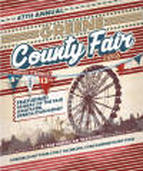 Corn Bag Toss Tournament Rules Qualifying Rounds – Tuesday, Wednesday, & Thursday beginning at 7 PM each night. Must register in advance...no later than 12 noon of the day of the qualifying round. Once a team qualifies for the finals – they cannot compete anymore in the qualifying rounds –non-winning teams can compete each night in the qualifying rounds, but must re-register (no additional charge). No free fair admission passes for participating team members. Single elimination Entry Fee – $25.00 per team Top 2 teams each night would qualify for the finals to be held on Saturday night. No prize money for qualifying rounds. 6 Teams in Saturday’s Final round- Saturday’s Final Round would begin at 7 PM Double Elimination Prize money for finals only- as follows: 1st-$600.00 4th-$60.00 2nd-$100.00 5th-$0.00 3rd-$75.00 6th-$0.00 Only the top four teams that qualify for the Championship round will receive prize money (the bottom two teams will receive NO prize money (5th & 6th place). Length of Game: Match will be played until the first team to complete an inning and have reached or exceeded 21 points. If teams are tied (21 all) – the first team to have more points than the other team at the end of an inning will be declared the winner. Scoring: will be cancellation scoring. Corn bags in-the hole and corn bags in –the- count pitched by opponents during a half inning cancel each other out. Only non-cancelled bags are counted in the score for the half inning. Bags in the hole count 3 points. Bags on the board that do not touch the ground count 1 point each. All Toss bags will be furnished by the Greene County Fair- Participants are not allowed to furnish their own Corn Toss Bags. Teams will be given a 5 minute grace period at the end of the preceding match. If a team is not ready to begin competition following the 5 minute grace period they will be disqualified and the opposing team declared the winner, and there will be no money refunded to the team that do not show up for the competition. All decisions by Greene County Fair Corn Bag Toss Judges will be final – No appeals process!
Have you ever considered entering veggies, pastries, canned goods, photography, crafts, or flowers at the local County Fair? Well, if not, let this year be the year...
Entries are accepted on Saturday, July 30th; Saturday, August 6th; and Friday, August 12th depending on what you enter. Click HERE to see when to bring your exhibits to the Greene County Fair!!! Having troubles with your tomato plants? Various diseases can attack your prize-winning fruit this time of year! Check out this page for additional information to keep your tomatoes fruitful the rest of the summer!
Well, the rain finally arrived and with it brought a multitude of new problems in the garden! We have gone from dry to wet in just a matter of days and vegetable plants are showing us the signs... Here are few things happening in Greene County gardens this week! TOMATOESTwo major fungal blights that regularly wreak havoc on tomatoes are Septoria leaf spot and early blight, caused by the fungus Alternaria solani. Both of these fungal diseases are present this year throughout the state. A third disease, Late Blight, is caused by the fungal-like organism, Phytophthora infestans. These three tomato diseases are spread by spores that require dew or rain to infect the plant and thus they are most severe under wet conditions. Septoria leaf spot is caused by the fungus Septoria lycopersici and usually appears on the lower leaves after the first fruits set. Initially the fungus causes numerous, small, roughly circular spots, scattered randomly over the leaf. Spots enlarge to a size of approximately 1/16 to 1/4 inch in diameter with dark brown borders and tan or light colored centers. Septoria leaf spot is sometimes confused with bacterial spot of tomato. The presence of fruiting bodies of the fungus, visible as tiny black specks in the centers of the spots, confirms Septoria leaf spot. The fungus is spread by splashing water and by working among the plants when they are wet. Heavily infected leaves will turn yellow, dry up, and drop off. Fruits are rarely infected however, defoliation due to infection by Septoria leaf spot may result in sunscalded fruit. This fungal disease overwinters on diseased leaf material. Early blight, caused by the fungus Alternaria solani, also appears on the lower leaves, usually after fruit set. The spots are dark brown to black and distinguished from Septoria by their larger size and concentric rings that develop in the spot forming a bull’s eye. The leaf area around each target spot turns yellow, and soon the entire leaf turns yellow and drops. Early blight fungus also infects stems and may produce stem cankers. It occasionally attacks the fruit, producing large sunken black target spots on the stem end of the fruit. Infected fruits often drop before they mature. This disease is most common late in the growing season. The fungus overwinters on old tomato vines. Late blight, caused by the fungal-like organism Phytophthora infestans, occurs in moist weather with cool nights and moderately warm days. Dark-green to nearly black wet-looking areas develop on leaf margins, spreading in from the leaf edge. In wet weather, the spots produce a downy, white growth of mycelia and spores on the lower leaf surface. Fruits also become blighted. Late blight is usually seen first on shoulders of tomato fruit as gray-green and water-soaked lesions that enlarge and turn dark brown and firm, with a rough surface. When conditions are favorable, the disease may progress very rapidly. Management of these tomato blights includes both cultural as well as chemical measures:
Click HERE for more info!Well, the rain finally arrived and with it brought a multitude of new problems in the garden! We have gone from dry to wet in just a matter of days and vegetable plants are showing us the signs... Here are few things happening in Greene County gardens this week! Downy MildewNoticed your cucurbits (squash, cukes, cantaloupes, watermelon, or zucchini) exhibiting these symptoms? Click the photo for additional info... Bacterial WiltAll of these symptoms are due to the cucumber beetle culprit! |
AuthorsCategories
All
Archives
July 2020
|

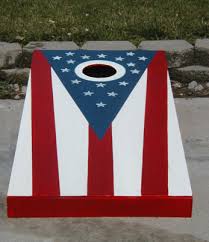

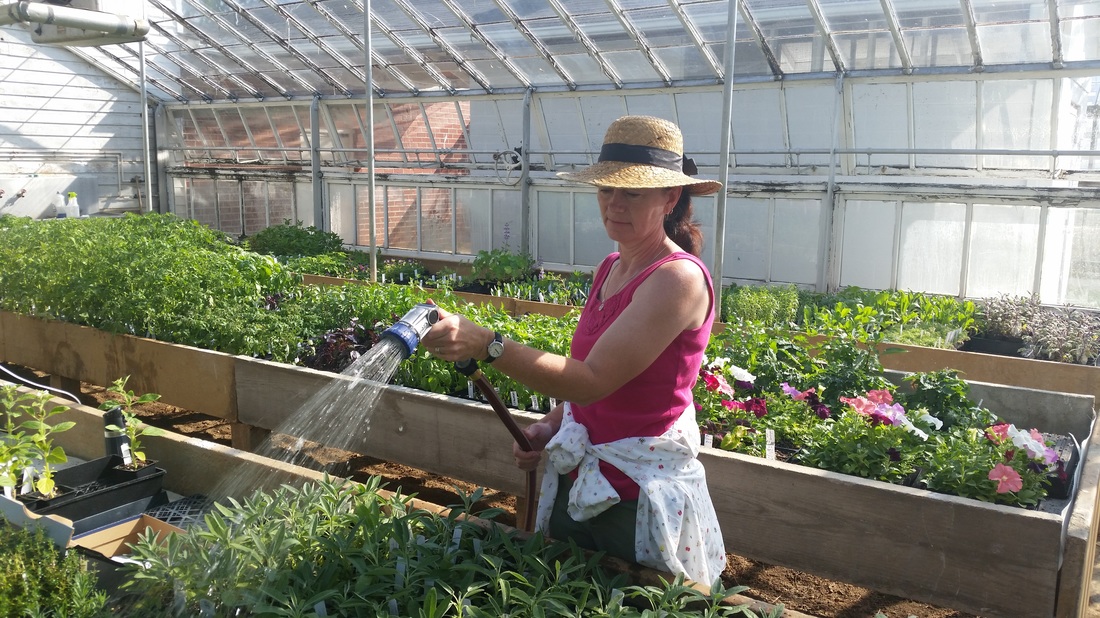
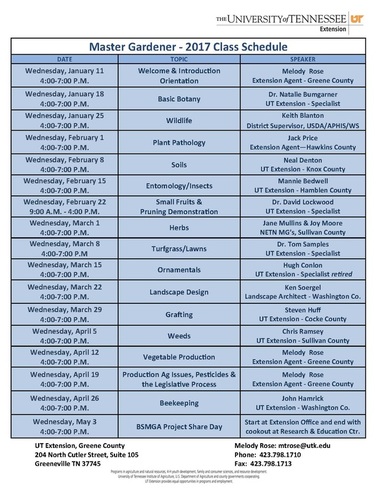
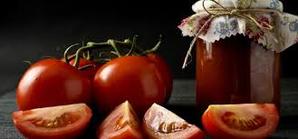

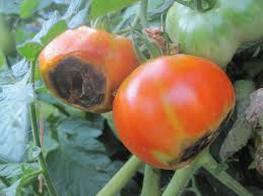
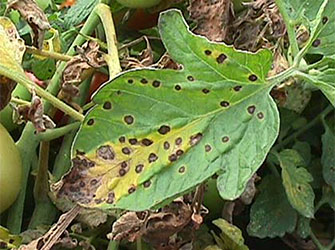
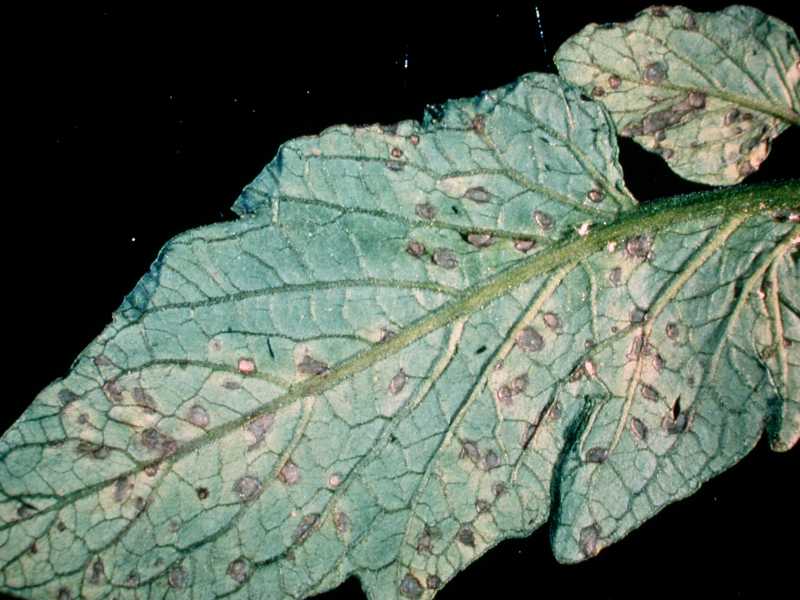
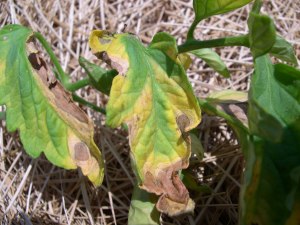
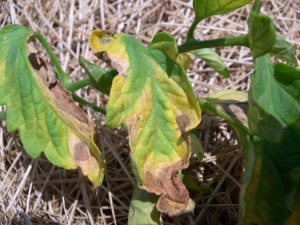
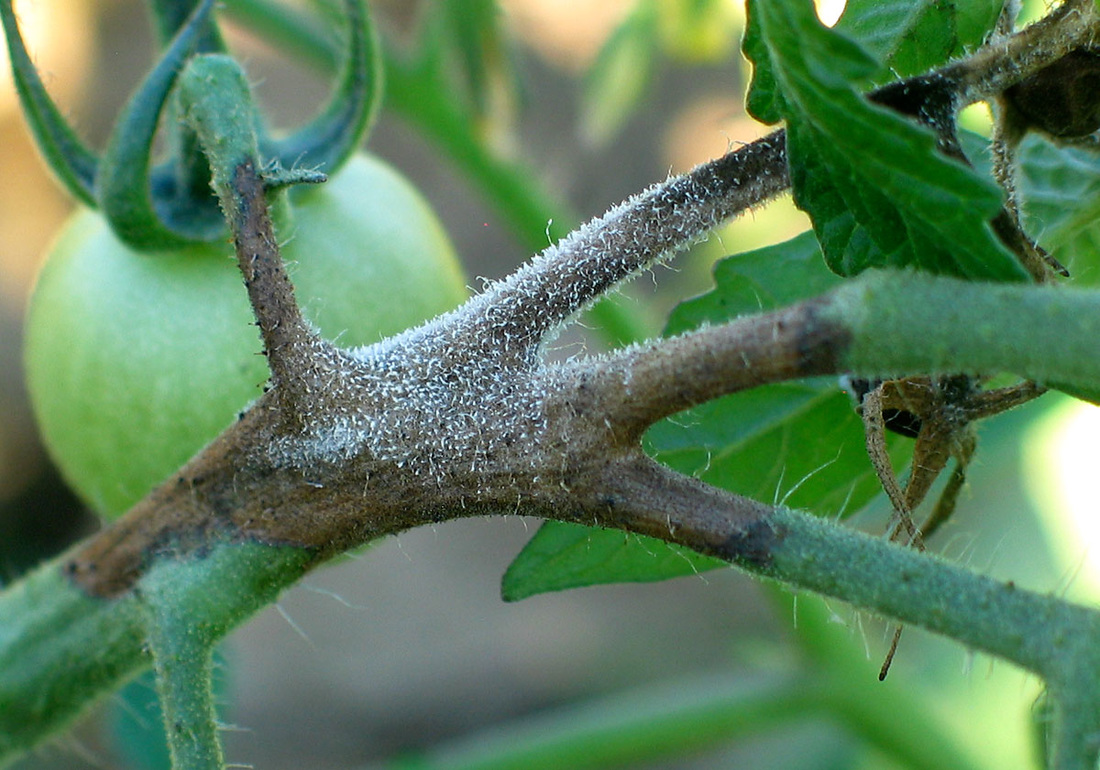
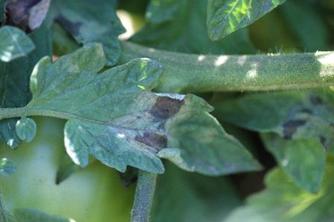
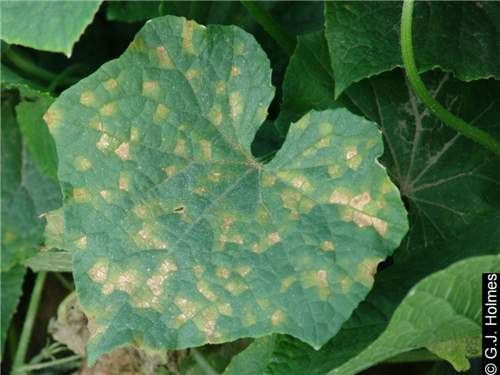
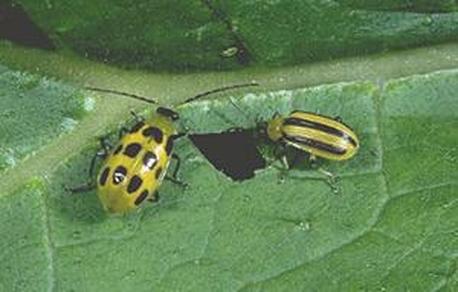
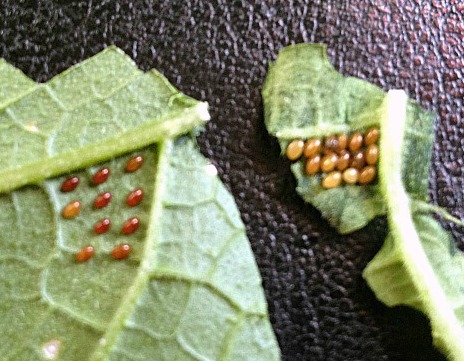
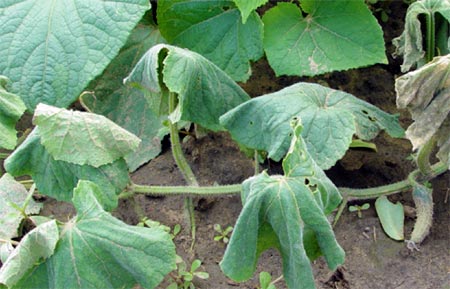
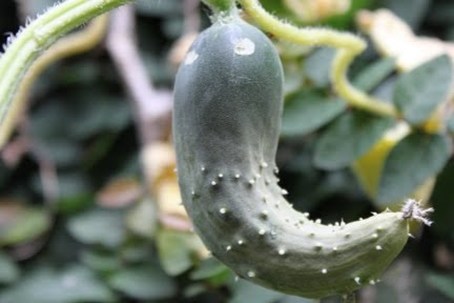
 RSS Feed
RSS Feed